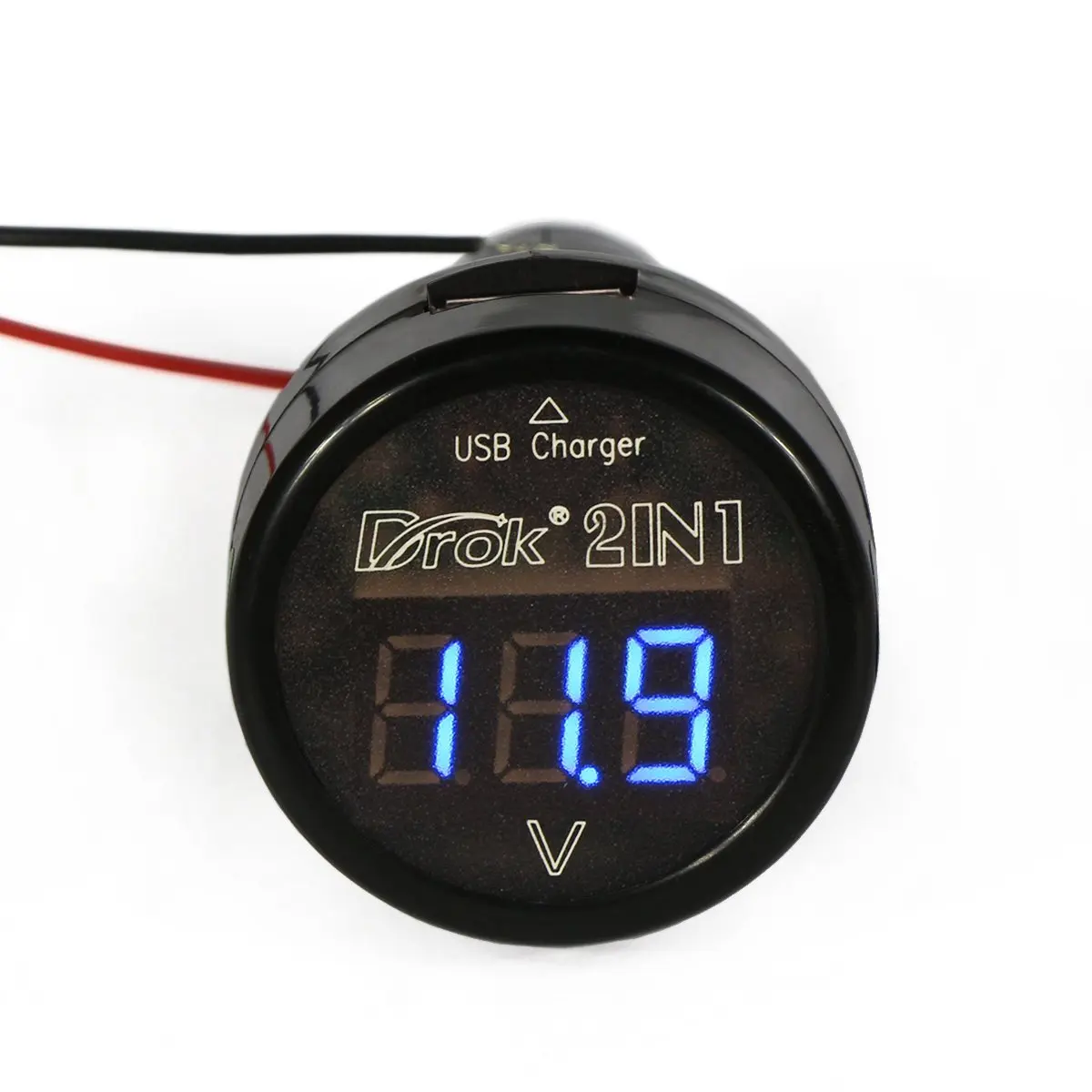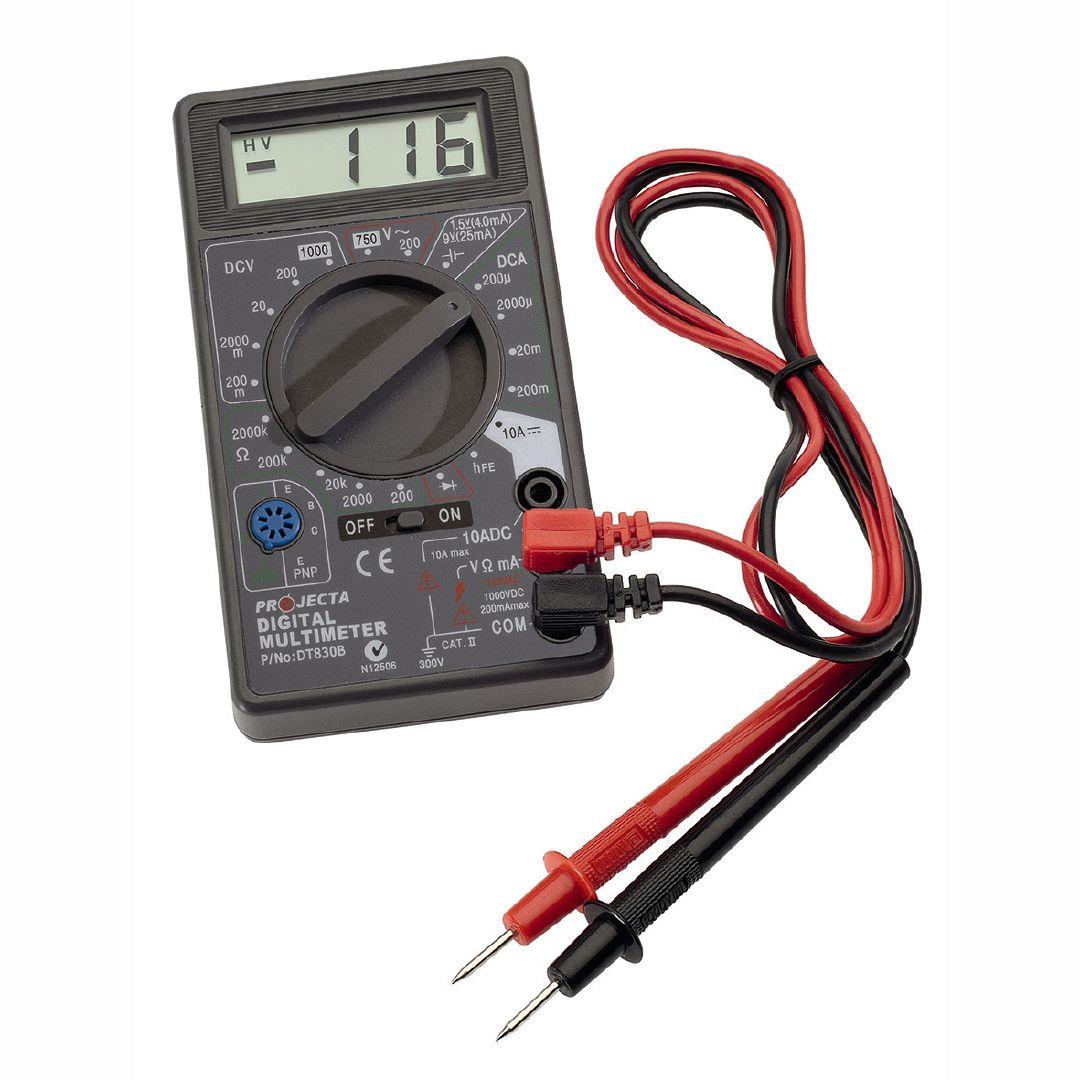

- #Test 1.5 volt battery with multimeter how to
- #Test 1.5 volt battery with multimeter manual
Touch the black probe to the narrow prong and then the round prong for an O.L.

The continuity will have a resistance of. Take the black probe and touch the wide flat prong. Build a Charging Station To Keep Your Tools Juicedįinally, take the red probe and push it into the longer (neutral) slot on the female end of the cord.
#Test 1.5 volt battery with multimeter how to
Playing Outside: How To Build a Backyard Swing Set. Then touch the black probe to the wide flat prong and then the round prong, the meter should show no continuity and an O.L. Electrical continuity through the cord will have a resistance of. Touch the black probe to the narrow flat prong on the male end. Next, insert the red probe into the short (hot) slot on the female end of the cord. There should be an open circuit when the cord is analyzed in this fashion there should be no contact between the wire that connects the ground pin and either of the other two wires inside the cord. Now, touch the red probe to each of the flat prongs on the male end to ensure an O.L reading. A continuous circuit measured from these two ends will have a resistance of.8 ohms or even less. Then touch the black probe to the round (ground) prong protruding from the male end. To test the cord’s ground, push the red probe into the small hole on the female end of the cord. Begin by unplugging the extension cord from the wall and turning the meter’s dial to the Ohm setting. 
It’s smart to use your meter to occasionally test old extension cords because damaged cords can shock you or start a fire.
#Test 1.5 volt battery with multimeter manual
Check your meter’s manual for what the meter will display when the reading is Out of Limit, Over Limit or Infinite Ohms. With one meter probe touching the ground outlet and the other probe deliberately touching plastic, the meter is describing a condition in which resistance is so high, it can’t read it. The switch is bad if the meter doesn’t beep with the switch flipped to On. The switch is good if the meter beeps with the switch in the On position. Connect the meter across the switch contacts and flip the switch up and down. The symbol for continuity on the meter’s face is a wedge shape that indicates noise waves radiating out from a point. If it doesn’t, the switch is faulty and should be replaced.Īnother simple test is to rotate the meter dial to the position for continuity. Now flip the switch On and the meter should read less than one ohm. At first this doesn’t seem to make sense (you would think the meter would read zero ohms), but the meter is telling you that when no internal contacts are touching inside the switch, the resistance across the open contacts is so large that the meter can’t read it. This means Over Load or Over Limit the resistance is so high that it can’t be measured. With the switch turned off, you should get a reading of O.L (you may also get other readings, such as 99999 or a symbol like this I or even this: L). Now touch the meter’s probes to the brass screw terminals on the side of the switch–it doesn’t matter which probe touches which screw. To test a single-pole switch (the simplest kind it has two brass screws and one green screw).
The 7 Best Smart Light Switches for Total Control. Plug the black probe into the COM jack and the red probe into the red V jack. Skip this step if your meter has auto-range (you can tell you have an auto-ranging meter if you turn the dial to the Volts AC (Vac) setting, the word "auto" appears on the screen). Rotate the meter’s dial to the Ohm setting. Loosen the switch terminal screws, unhook the wires from them, and remove the switch. Before disconnecting the wires, label them or take a photo with your phone to ensure you reconnect them correctly. First, turn off the power to the switch, remove the cover plate, and unscrew the switch from its wires. Got a faulty ceiling light? Here’s how to determine if the problem is with its switch. If it doesn’t, the outlet is improperly wired or perhaps the ground is missing call an electrician. Next, remove the black probe from the outlet-leave the red probe in place-and insert the black probe into the small, rounded hole (ground) below the two slots. A properly functioning outlet should produce 110 to 120 volts. Insert the black probe into the longer slot (neutral). Push the tip of the red probe into the shorter (hot) of the two vertical slots on the outlet. Then turn the rotary switch to Volts AC (Vac), which is also indicated by a wavy line on the dial. Plug the black probe into the meter’s black COM jack, and the red probe into the red Volts jack. Here’s how to determine if the wall outlets in your home are delivering the correct voltage, which in most modern homes is 120 volts. Because of the potential for electrical shock performing this test, exercise extreme caution. Voltage reading from an outlet in a modern home will vary from, typically, 110 volts to slightly more than 120 volts.








 0 kommentar(er)
0 kommentar(er)
